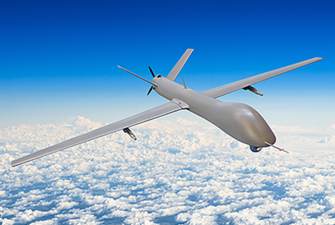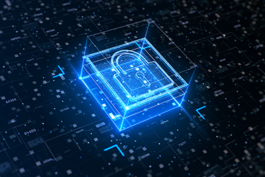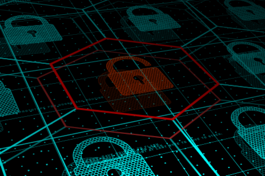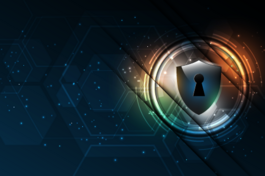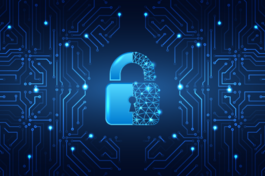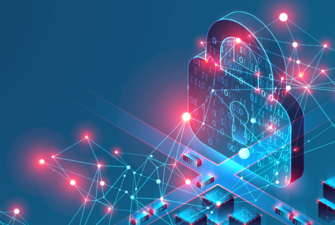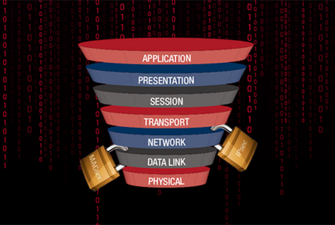
Trusted Computing for Defense & Aerospace
Comprehensive protection throughout the product lifecycle
Curtiss-Wright goes well beyond standard approaches to Trusted Computing to provide truly secure solutions for air, ground, and sea platforms. We keep cybersecurity and physical protection in mind, from design and testing to supply chain and manufacturing. This comprehensive, end-to-end approach creates an effective mesh of protection layers that integrate to ensure reliability of Curtiss-Wright products in the face of attempted compromise.
Our Trusted Computing solutions are designed and built around three major data protection domains:
- Technology protection safeguards how computing tasks are executed. It combines the hardware capabilities, software algorithms, and operations needed to protect functionality, such as how the algorithm in a radar application works.
- Data protection safeguards software algorithms, data-at-rest, and data-in-motion. It ensures that, for example, when data is sent from one system to another, it is not compromised.
- Parts protection safeguards the supply chain and manufacturing processes. This ensures customers can trust that all components on Curtiss-Wright products are authentic and all processes have met the strictest quality controls.
Our MOSA to Program Protection
Our trusted commercial-off-the-shelf (TrustedCOTS™) and enhanced TrustedCOTS portfolio of embedded security products and capabilities are aligned to give you the flexibility, control, and options you need to build in the right level of assurance into your program.
Data-at-Rest White Papers
We examine data threats and protection, NSA Type 1 encryption, choosing the right storage solutions, build versus buy considerations, inner vs outer layer CSfC and much more in our white papers.
Data Protection Domains
Secure Wireless Solutions for Tactical, Expeditionary, and Deployable Communications
This whitepaper compares various Commercial Solutions for Classified network architectures and proposes several approaches for CSfC solutions optimized for mobility use cases. Download the whitepaper to learn more about:
- CSfC architecture and process
- CSfC program overview
- CSfC capabilities packages
- WLAN encryption
- Tactical CSfC solutions
Trusted Computing for Defense & Aerospace Article eBook
This collection of articles, originally published by Military & Aerospace Electronics, covers a variety of Trusted Computing topics with a specific focus on the defense and aerospace industries.
Explore DAR Encryption Approaches
Systems designers must employ the correct cryptography algorithms in their proper modes to secure secret or sensitive data in military trusted computing. Symmetric cryptography can provide confidentiality for data-at-rest and data-in-transit. In this approach, the same key encrypts and decrypts data to ensure the secrecy of that key, which is critical for ensuring the secrecy of the protected data. Systems designers choose different algorithms based on their performance requirements, their desired level of security, and necessary certifications.
CSfC Data-at-Rest Capability Package 5.0 Review
This paper reviews the most recent changes from CP 4.0 to 5.0. Particular emphasis will be given to the more significant new topics: Unattended Operation Use Case and a hardware full-disk encryption (HWFDE) + HWFDE solution.
The Evolving State of Network Security
In a constantly evolving threat environment, where new attacks arrive virtually every day, system architects must design networks to be as secure as possible. Network security involves providing protections against all devices that are connected, or might potentially have access, to the network. Embedded networks are expanding to connect more devices and between systems that previously would not have been connected. Solutions are being continually developed to address emerging threats and challenges.
Trends in Network Cybersecurity
Learn about the evolving state of network security, the standards developed to preserve your system’s integrity with layers of encryption, and how investing in qualified and expert professionals in the field can be a critical advantage in keeping up with the challenges of designing secure networks.
